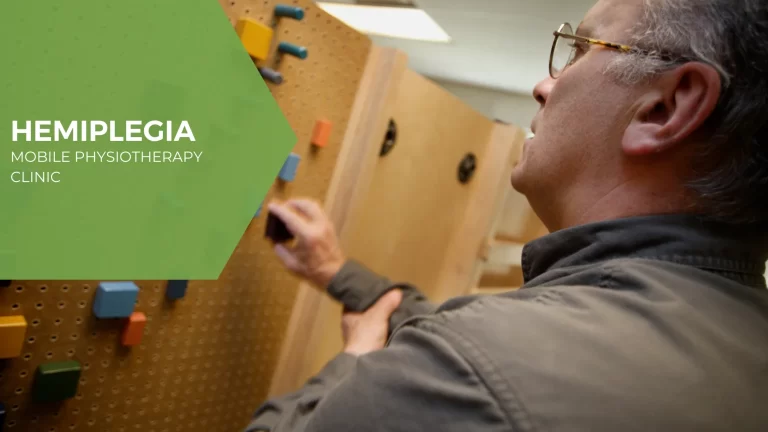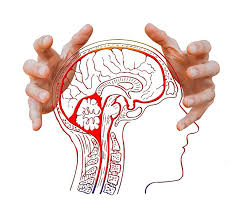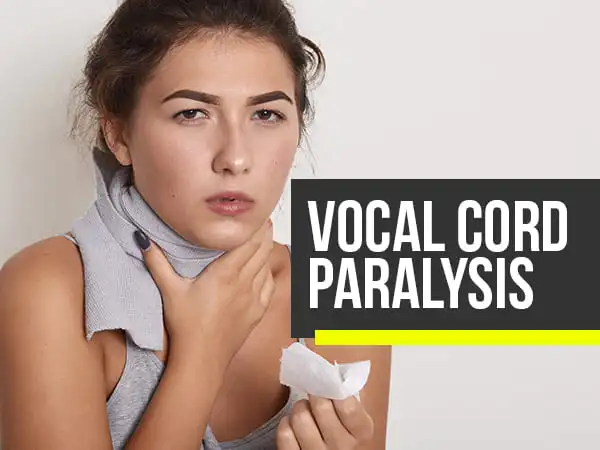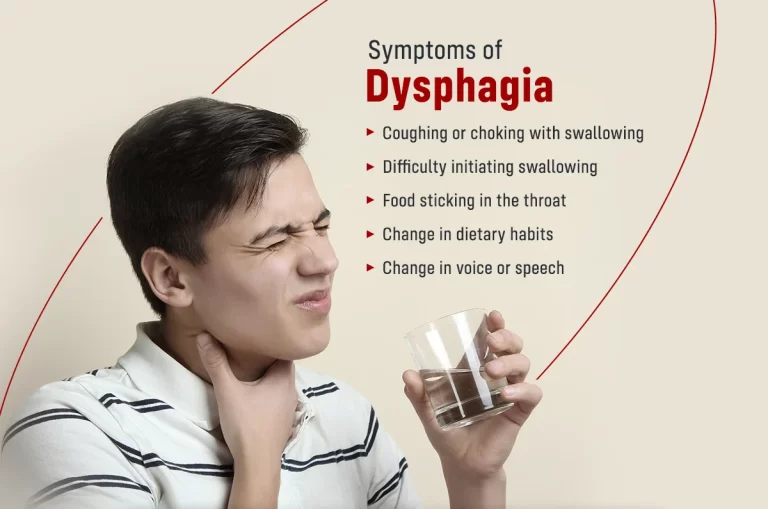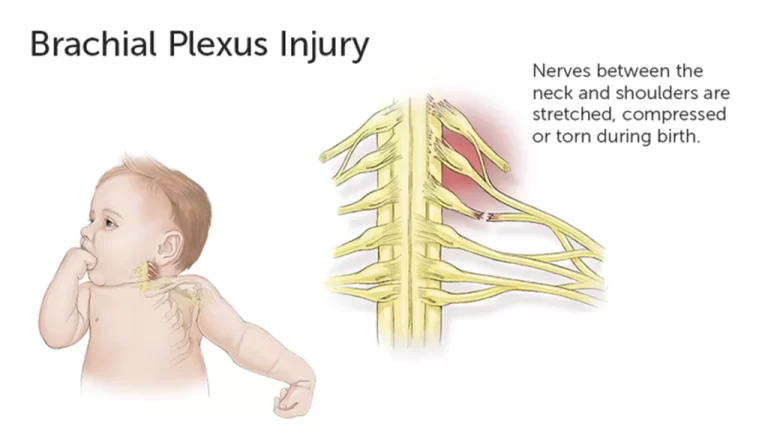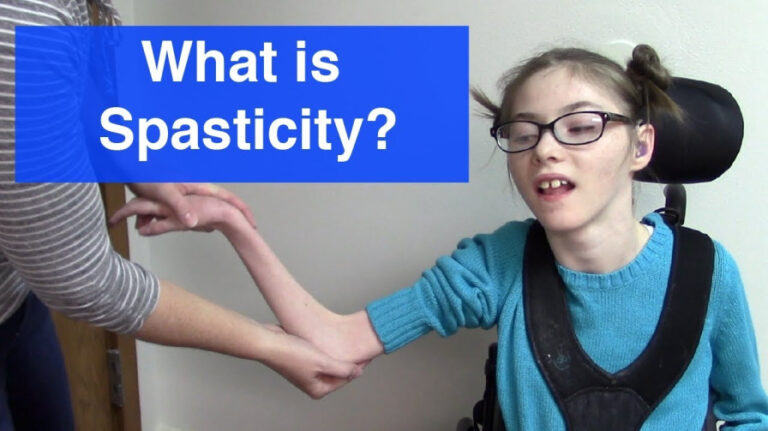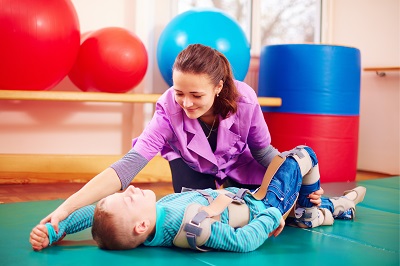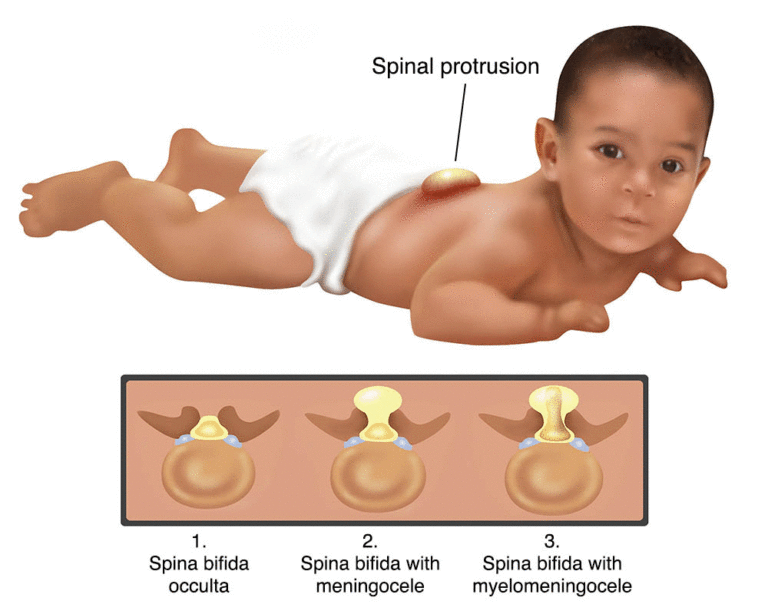Physiotherapy Treatment and Exercises For Hemiplegia
Introduction Hemiplegia is a symptom defined by unilateral(one-sided) paralysis. while this condition only affects one side of the body. It occurs due to injuries and conditions of the brain or spinal cord. It depends on the severity(hemiplegia can be temporary or permanent). With early medical intervention, certain causes of hemiplegia can be treated, if not…

